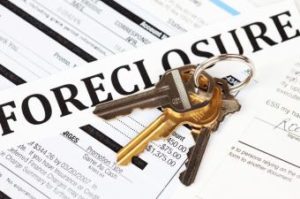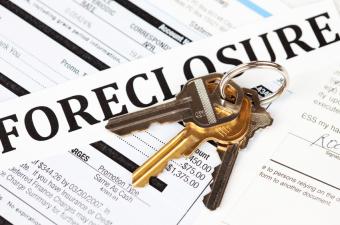 ATTOM Data Solutions has released its July 2020 U.S. Foreclosure Market Report [1], highlighting foreclosure filings and trends across the nation.
ATTOM Data Solutions has released its July 2020 U.S. Foreclosure Market Report [1], highlighting foreclosure filings and trends across the nation.
ATTOM reports a total of 8,892 properties with foreclosure filings in July, including "default notices, scheduled auctions, or bank repossessions." This number decreased by 4% from the month prior (June 2020) and was down 83% compared to the year prior.
Rick Sharga, EVP at RealtyTrac, offered his insights on the current state of the market, as well as on what to expect moving forward:
“Even as mortgage delinquency rates climb, foreclosure activity continues to be artificially low due to moratoria put in place by the Federal and State governments. It’s inevitable that there will be a significant increase in foreclosures once these moratoria have expired, although it’s unlikely that we’ll see default rates reach the levels we saw during the Great Recession.”
The results also revealed how the various states across the nation stacked up. Those states with the greatest (highest) foreclosure rates were Delaware, South Carolina, and Maine, respectively. Specifically, Delaware posted that one in every 6,489 housing units filed, followed closely by South Carolina residents, of which one in every 7,328 housing units filed. Rounding out the top three was Maine, where one in every 7,542 housing units filed. Just shy of reaching the top three were New Mexico (posting one in every 8,255 housing units filing), and California (recording one in every 9,194 housing units filing).
Results were also broken down into various metro areas. Regarding the smaller American metro areas (those with 200,000 residents or less), the locales with the most filed foreclosures in July were Trenton, New Jersey; McAllen, Texas; Davenport, Iowa; Dayton, Ohio; and Albuquerque.
The larger metro areas (those with more 1 million residents) that reported the worst foreclosure rates for July were Louisville, Kentucky; Riverside, California; Baltimore, Maryland; Cincinnati; and St. Louis, Missouri.
ATTOM also reports that bank repossessions were down 14% month-over-month and 80% year-over-year.
“Even after default activity starts to increase, we may not see a similar increase in the number of repossessions,” Sharga noted. “The combination of record levels of homeowner equity, extremely limited supply of homes for sale, and strong homebuyer demand should give many distressed homeowners an opportunity to sell their property rather than lose it to foreclosure.”
